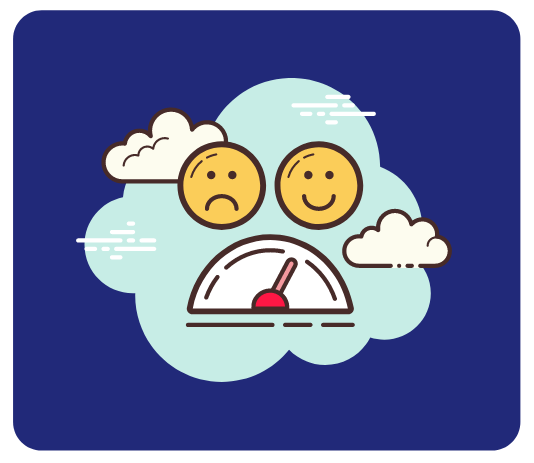According to Forbes.com, experts estimate that each year poor customer service costs businesses over $75 billion, and 96% of people say they would be willing to leave a company after receiving bad service. That’s staggering when you consider that those companies probably think they are doing a good job but are instead creating a switch trigger. Here are some insights on the topic and a few tips to keep you on the right side of the numbers and retain your customers.
As an example, let’s look at a recent global benchmark study involving 1,000 companies and their customer service email channel. Email is only one part of the customer service puzzle, but it is important to evaluate the performance of the pieces as well as your total efforts. The study setup was simple; each company was emailed and asked two questions:
- Do you have a phone number I can call you on?
- Where can I find pricing information on your website?
Remember, many customers will first go to your website to determine how they can reach you with an issue. They are looking for necessary information such as your phone number and email. Be sure your customers can, at a minimum, find that easily on your website.
Here are some of the results of the study:
- 62% of companies did not respond to a customer service request
- 90% of companies did not acknowledge an email has been received
- 97% of companies did not follow up with customers
- Only 20% of companies answered our questions in the first reply
- The average response time to a customer service request was 12 hours
Are those results surprising to you? If nothing else, they are incredibly relevant to your bottom line. The numbers could mean that companies aren’t as good at customer service as they think they are, and that is one of the problems that contribute to the billions lost each year. Let’s flip those numbers around for another perspective.
38% – That’s the percent of companies that either has an auto-respond email that goes out or an agent sends a reply. Almost 2/3 didn’t even write back and acknowledge the customer’s existence. As a customer, that would frustrate you.
10% – Only 10% of companies sent a message letting the customer know their email was received. Those messages may have been automated or sent by a human, but at least the customer knows that their questions made it to someone’s inbox. A message receipt email lets a customer know that your company is “on it” and working to answer questions and begin to resolve any issues.
3% – Basically, among the customers that were replied to, only 3% got follow-up communication from the company; a check-in to make sure the customer received the info and didn’t need anything else. With so many companies touting they “put the customer first,” that number is extremely low.
80% – This is the percent of companies that did not fully answer the questions in the first email to the customer. In this case, a partial response would mean that the customer would have to continue communicating with the company to get to the answers. No one wants to ask the same question twice. No one wants to repeat themselves. It makes the customer feel like the company isn’t listening to their needs.
I’ll get back to you right away, in 12 hours – The last study finding from above lists an average response time of 12 hours. In many industries, that’s a long time. With today’s technology, customers expect contact in an hour or less, and many customers want real-time resolution. That’s one reason live chat, social media, and text customer service channels have gained popularity. Little to no delay for the customer to get an answer. Though, as with all other channels, faster doesn’t always mean better.
One of the easiest ways to prevent customers from leaving you and switching to a competitor is to provide customer-focused service across all channels. After seeing the overall lackluster service received in the email study, here are tips to get it right.
- Make essential and commonly asked information easily found on your website. If your customer can find it on their own (and fast), then they may not even need to reach out to you.
- Offer multiple communications channels – email, phone, live chat, and social messaging. Know where your customers are online and be there too.
- When a customer reaches out, let them know you are working on their request.
- Look for ways to reduce response times.
- Invest in agent training – Knowledgeable agents are more easily able to provide the personalized interaction customers expect.
- Delivering excellent customer service is not only about handling a customer’s request once received; it’s also about the follow-up, the speed, and the quality, and not just for complicated requests.
Finally,
- Seek help – Your business reputation can’t afford to suffer because of poor customer service. If your customer service efforts aren’t creating high customer satisfaction scores, it may be time to consider outsourcing to a professional contact center partner. They’ll handle the challenges of keeping your customers, well, as your customers. You’ll benefit from highly trained agents, plus someone else manages the software/technical systems and data security. Choosing a nearshore outsourcer, like Centris, can help you reduce costs, too.
If you need help improving satisfaction rates and increasing retention, we can help. Reach out to us at ku***@*********fo.com to learn more.




